First ripe persimmon of the season
lucky_p
11 years ago
Featured Answer
Sort by:Oldest
Comments (70)
Tony
11 years agolast modified: 9 years agomrsg47
11 years agolast modified: 9 years agoRelated Professionals
Edmond Landscape Architects & Landscape Designers · Carson Landscape Architects & Landscape Designers · Horsham Landscape Architects & Landscape Designers · Ilchester Landscape Architects & Landscape Designers · Lake Oswego Landscape Architects & Landscape Designers · Middle River Landscape Architects & Landscape Designers · Brookside Landscape Contractors · Bethel Park Landscape Contractors · Coram Landscape Contractors · Hilo Landscape Contractors · Kerman Landscape Contractors · McLean Landscape Contractors · Old Saybrook Landscape Contractors · San Pedro Landscape Contractors · Vineyard Landscape Contractorscousinfloyd
11 years agolast modified: 9 years agoninovarga
11 years agolast modified: 9 years agoTony
11 years agolast modified: 9 years agoninovarga
11 years agolast modified: 9 years agoninovarga
11 years agolast modified: 9 years agoninovarga
11 years agolast modified: 9 years agoninovarga
11 years agolast modified: 9 years agoninovarga
11 years agolast modified: 9 years agoninovarga
11 years agolast modified: 9 years agoTony
11 years agolast modified: 9 years agoglib
11 years agolast modified: 9 years agoninovarga
11 years agolast modified: 9 years agoninovarga
11 years agolast modified: 9 years agoninovarga
11 years agolast modified: 9 years agoninovarga
11 years agolast modified: 9 years agoninovarga
11 years agolast modified: 9 years agoninovarga
11 years agolast modified: 9 years agoninovarga
11 years agolast modified: 9 years agoTony
11 years agolast modified: 9 years agoninovarga
11 years agolast modified: 9 years agoTony
11 years agolast modified: 9 years agoninovarga
11 years agolast modified: 9 years agoninovarga
11 years agolast modified: 9 years agoninovarga
11 years agolast modified: 9 years agoskyjs
11 years agolast modified: 9 years agolucky_p
11 years agolast modified: 9 years agoTony
11 years agolast modified: 9 years agomilehighgirl
11 years agolast modified: 9 years agoTony
11 years agolast modified: 9 years agostrudeldog_gw
11 years agolast modified: 9 years agoTony
11 years agolast modified: 9 years agostrudeldog_gw
11 years agolast modified: 9 years agoTony
11 years agolast modified: 9 years agoglib
11 years agolast modified: 9 years agomilehighgirl
11 years agolast modified: 9 years agoglib
11 years agolast modified: 9 years agomilehighgirl
11 years agolast modified: 9 years agoTony
11 years agolast modified: 9 years agocreekweb
11 years agolast modified: 9 years agobennylafleur
11 years agolast modified: 9 years agobennylafleur
11 years agolast modified: 9 years agoTony
11 years agolast modified: 9 years agostrudeldog_gw
11 years agolast modified: 9 years agofruitcraz
11 years agolast modified: 9 years agoMonyet
11 years agolast modified: 9 years agocreekweb
11 years agolast modified: 9 years agoTony
11 years agolast modified: 9 years agoTony
11 years agolast modified: 9 years ago
Related Stories

FRUIT TREESHow to Grow Your Own Persimmons
Sturdy and easy to care for, these trees offer bright fruit through winter — and keeping them in bounds is no sweat
Full Story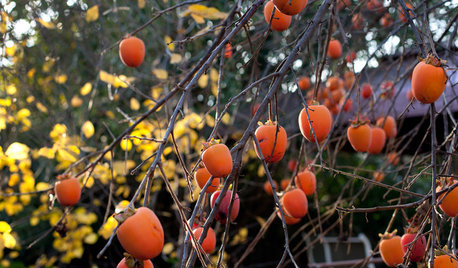
EDIBLE GARDENSGreat Design Plant: Persimmon
Combining beautiful fruit, vivid fall leaves and low maintenance, this tree is a winner in the garden
Full Story
GARDENING GUIDES10 Easy Edibles for First-Time Gardeners
Focus on these beginner-friendly vegetables, herbs, beans and salad greens to start a home farm with little fuss
Full Story
FARM YOUR YARD9 Ways to Change Up Your Vegetable Garden for the Coming Season
Try something new for edible plantings that are more productive than ever
Full Story
GARDENING GUIDESHow to Keep Your Citrus Trees Well Fed and Healthy
Ripe for some citrus fertilizer know-how? This mini guide will help your lemon, orange and grapefruit trees flourish
Full Story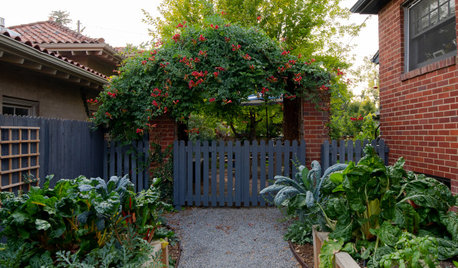
GARDENING GUIDES12 Edibles Perfect to Plant in Late Summer
Keep those homegrown vegetables and greens coming well into fall
Full Story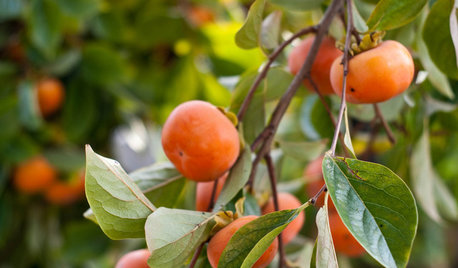
CALIFORNIA GARDENINGCalifornia Gardener's November Checklist
In a season of traditions, let's take advantage of California's familiar — as well as quirky — planting opportunities
Full Story
SPRING GARDENING7 Spectacular and Practical Spring-Flowering Trees
Put on a beauteous show in the garden with a landscape tree awash in flowers — just do your homework first
Full Story
EDIBLE GARDENSSummer Crop: How to Grow Blueberries
Plant blueberries in spring or fall for garden beauty through three seasons — and a sweet superfood in summer
Full Story
EDIBLE GARDENSHow to Add an Apple Tree to Your Edible Garden
Readily available, beautiful and fragrant, apple trees offer four-season interest along with crisp, juicy fruit
Full Story





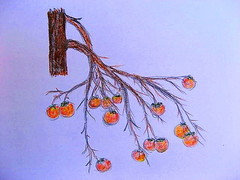
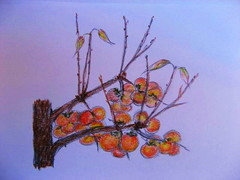

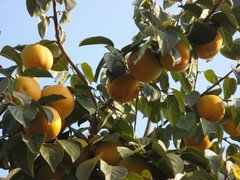
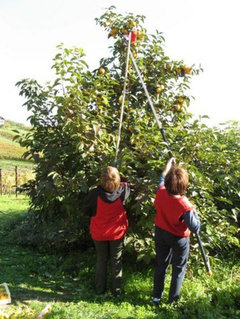
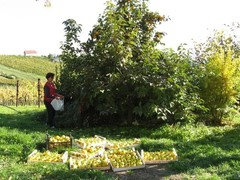
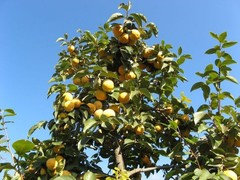
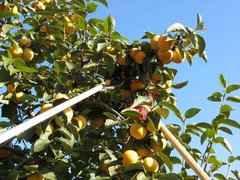

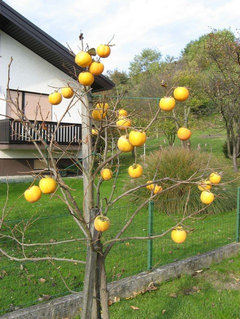


Tony